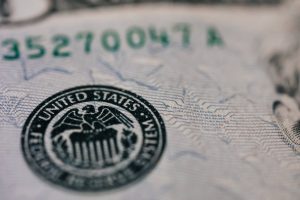Hard to believe that most of us in the United States will spring our clocks forward on March 14.
(Or, if you’re like me, you’ll shove one timepiece into EDT and get around to the rest sometime before the Kentucky Derby.)
Either way, it seems as though we were just luxuriating in that extra hour of sleep gained by last fall’s changeover. On Sunday, it’s payback time.
But there’s a bit of controversy over whether daylight savings time really does save energy and boost productivity for businesses and individuals alike. With a few days to go before the big switch, consider an economic impact package focusing on companies and consumers.
The ripples are more widespread than sleepy workers punching in the week after DST takes effect. Or even those forgetful few who pop in an hour late the first day or so. Think about the myriad ways that time drives commerce and what it costs – in mental exertion and planning as well as in execution – to adjust twice a year.
Transportation schedules – both passenger and freight, on air, rail and bus, must be coordinated. That means scheduling pilots and drivers without running afoul of federal hours-worked laws, making sure transport schedules mesh with those at connecting hubs and conveying the changes digitally or in print to all concerned. Road commissions and transportation departments must change traffic light timing to accommodate shifting traffic patterns – a great commuting story.
If you’ve got a strong regional airline, a freight hub or hauler, a railway or other transport-heavy industry in your region, consider an explanatory feature on what goes into the countdown to DST.
Same goes for any other 24/7 operation, from hospitals and medical centers to TV stations to retailers to casinos, security firms and bank ATM systems. Aside from human resources, technology must be monitored to make sure automatic updates take place.
Here’s the Daylight Savings Time history and fun facts link that the National Institute of Standards and Technology sponsors. Good background plus some anecdotes that will provide food for biz fodder thought, like the ones about the business impact on radio stations and Amtrak.
And of course, energy savings, the big rationale behind DST, has been debated for years.
This Business Week debate column will prompt a variety of questions you can ask local utilities and large-to-small businesses.
And this University of California study states categorically that DST does not save energy but rather boosts its use in the U.S. by hiking residential energy demand. We’re all up earlier and turning on our various tubes and screens? Bear in mind that researcher bias may or may not be at work, but peruse the study for scenarios that are pertinent to users in your area and use them to formulate questions for local firms, consumers and energy providers.
It would be interesting to get usage figures from local electric and natural gas suppliers to charge usage and costs on a county or municipal level since the 2007 four-week extension of DST.










